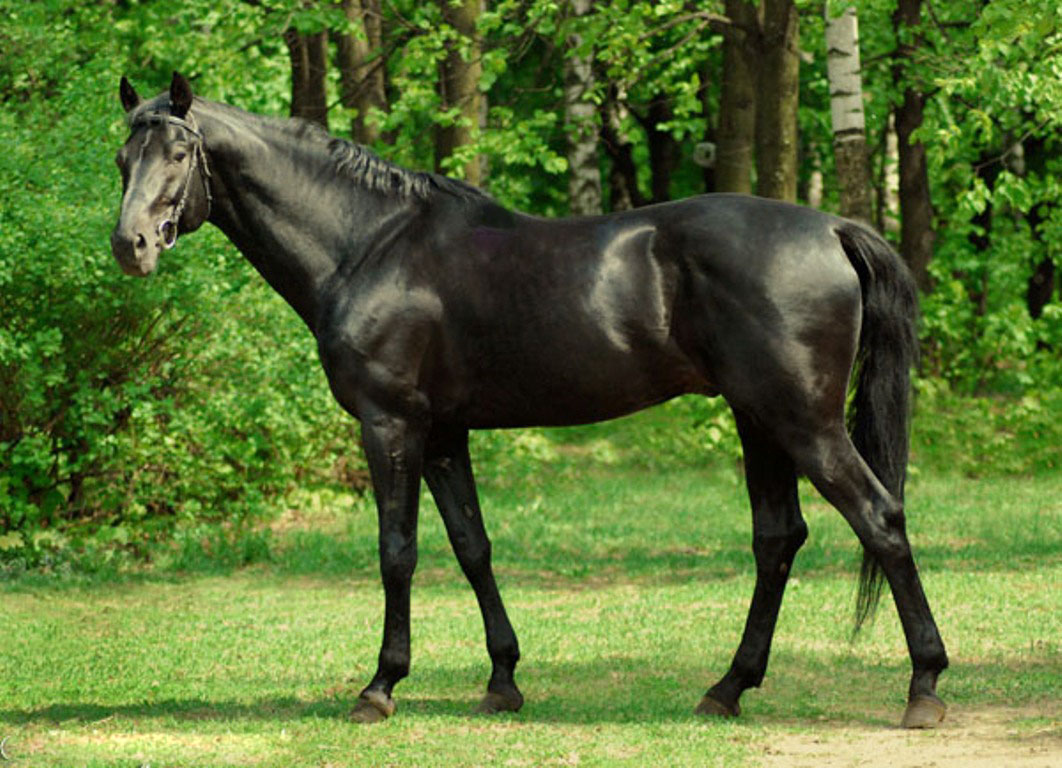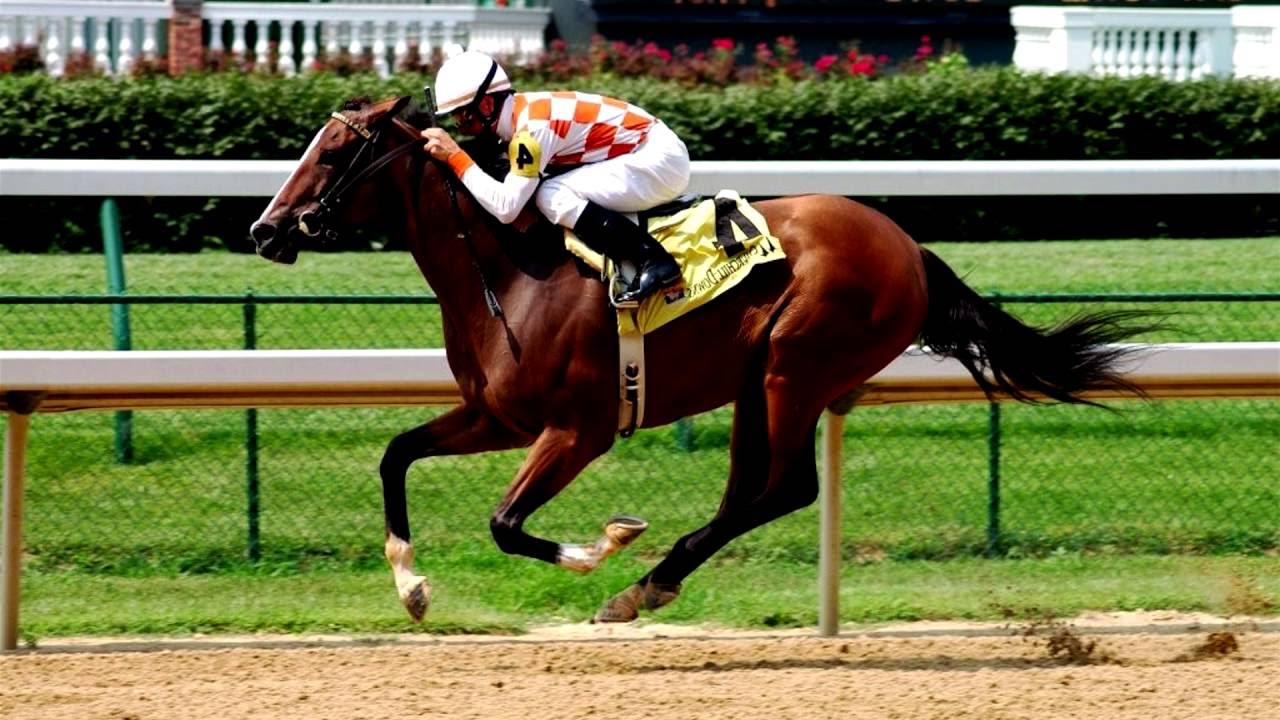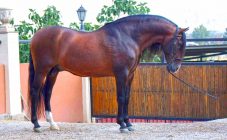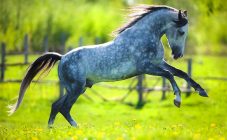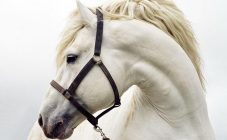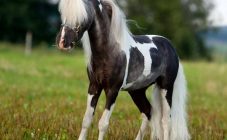Content:
Among the purebred horse breeds, the English is one of the most important. Its history began about 5 centuries ago, despite this, horses are still popular among fans of horse racing or breeding for personal purposes.
History of the creation of the breed
Since the 15th century. in England began to breed livestock with different characteristics. Among the most popular animals for selection and breeding were sheep, but by the end of the 16th century. the farmers' interest extended to horses. This was due not so much to the needs of landowners as to the emergence of a need for horses from the state and local governments. The creation of cavalry, the trade of tamed horses with other European powers, and the use of horses as a carrier on a large scale all led to the acceleration of the breeding of stallions.
Breed development
In the 18th century. Great Britain became a strong power, to create the authority of which it needed an army, including cavalry. The English thoroughbred horse became the model by which the norms were created for other stallions. Thanks to careful selection and long-term work on the character and habits of the representatives of equids, the animals could be used for various purposes and under dissimilar conditions. The concentration in one horse of ideal characteristics and high heredity led to the assignment of such characteristics to the breed as purebred.
In the same century, horse racing began to spread among military youth. The desire to increase your chance of victory became the reason for mixing the blood of the riding English horse with purebred stallions from Germany, Spain and France. The creation of new colors, the spread of equestrian sports and the desire of the British for international recognition in the field of trade led to a more rigorous selection and training of representatives of the purebred breed.
Characteristics of horses
The English horse breed has acquired the following characteristics over the years of breeding:
- the main origin is England with a small amount of admixtures of stallions from the eastern countries, France, Spain and Germany;
- average height: 170 - 180 cm, at the withers up to 165 cm;
- average height of foals: up to 95 cm at the withers;
- live weight rarely exceeds 500 kg, the average value is 470 - 480 kg;
- main colors: colors from red to dark brown, in a less common form there are black and gray stallions;
- develops a speed of up to 70 km / h;
- character type - choleric;
- the average life expectancy of "British" horses is 20 - 25 years.
Appearance
A thoroughbred riding horse is distinguished by pronounced muscles, joints and veins. The body of the animal is more like a parallelepiped, has a square outline. Rough shapes and well-defined musculature give the horse a brutal look. Legs are massive, long with protruding tendons.
Description of the appearance features:
- large chest with massive lungs;
- deflated short and massive croup;
- there are no fatty layers throughout the body, blood vessels are visible through the thin elastic skin.
Features of character and disposition
The English racehorse is an example of restraint and docile character if the rider is experienced. However, a beginner's acquaintance with a horse of this race will be far from perfect. The stallion feels free with an insecure person in the saddle on his back. The sweeping movements and power of the animal will cause injury to a novice rider. Agility, hot temperament, energy and mobility - all this is the characteristic of a young thoroughbred stallion. The desire to put oneself above the person sitting on the back leads to sudden movements, explosive temperament and lack of obedience.
But when controlled by a knowledgeable rider, the horse will show itself from the best side, surprising with its endurance, increased efficiency and power. Sharp movements will disturb only at the beginning of the ride, then the horse and rider will become one.
How to care
To keep a horse ready for victories in intense competitions, it is recommended to adhere to the following regime:
| 5:00 — 8:00 | Walk, slow run, watering hole and pasture. At the same time, the stables are cleaned. |
|---|---|
| 8:00 — 13:00 | Training with short breaks, 75% of the stallion's entire strength is involved. |
| 12:00 — 13:00 | Re-cleaning the room. Feeding the animal. |
| 14:00 — 15:00 | Break, rest of the animal in the stall. |
| 15:00 — 18:00 | Workout without interruption using 50% of all strength. Will have a positive effect on endurance. |
| 18:00 — 19:00 | Feeding, short evening walk. |
| 01.01.1970 | Procurement of water and feed for the night, lights out. |
Diet and feeding
The English is one of the most capricious thoroughbred horses. Her diet should not contain:
- solid foods that can cause discomfort;
- artificial additives that affect the taste of the product, as they can negatively affect vision;
- whole vegetables or large pieces for complementary foods.
The most suitable option would be crushed expensive food, which is recommended to be given 3-5 times a day. Average serving size is 3-4 kg. A pregnant individual needs 2 kg more feed per day.
The English horse was created over several centuries. Thanks to the hard work of the breeders, it turned out to create both calm and nimble horses that instantly respond to the orders of the rider. The fusion of opposing qualities creates the ideal stallion.
